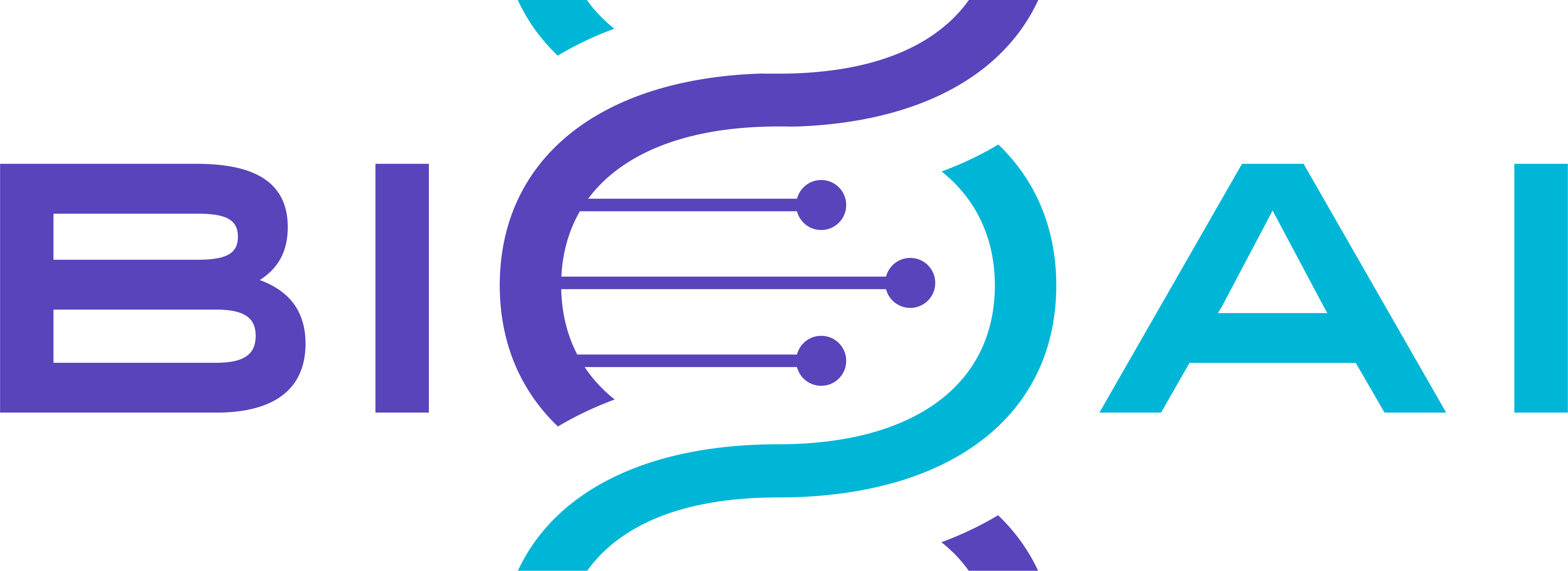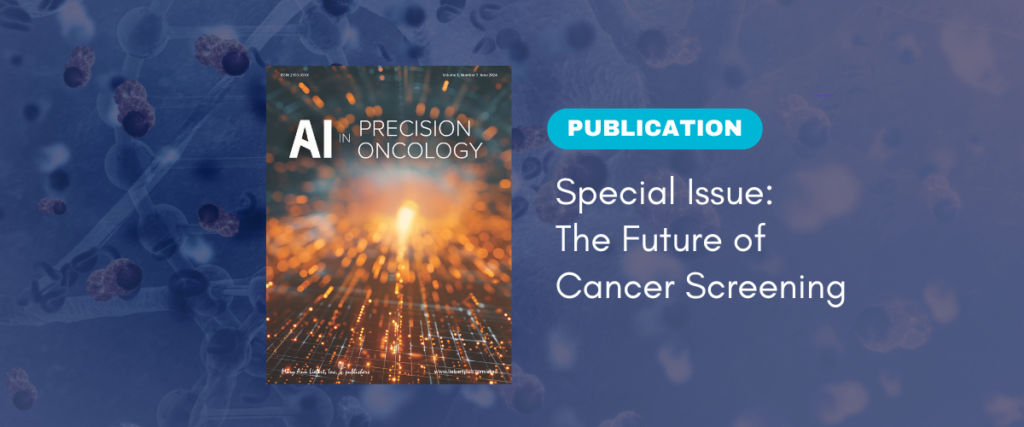Abstract
RET-activating gene alterations are present in 1%–2% of non-small cell lung cancers. Therapeutics that specifically and effectively target these RET alterations have recently been approved. Broad-based genomic testing, inclusive of RET fusions, is recommended by National Comprehensive Cancer Network (NCCN) and ASCO/AMP/CAP guidelines for patients with advanced non-small cell lung cancer, but screening patients for such rare biomarkers in drug development can be impractical and costly. Here, we develop and validate a deep neural network pipeline to detect RET alterations from readily available hematoxylin and eosin (H&E)-stained images. As the pipeline is intended for prescreening and sample prioritization for genomic testing for RET fusions during drug development, 100% sensitivity was a primary objective to ensure that no RET fusion-positive samples were missed. In total, 523 images were used for model development and partitioned for training (70%), validation (15%), and testing (15%). The approach resulted in 100% sensitivity and 72.4% specificity, corresponding to an area under receiver operating characteristic curve (AUROC) of 0.86 on the test set. An additional dataset of 121 images was used for an independent blind assessment. The overall sensitivity of the model on the second independent dataset was 100% with a 63.3% specificity and an AUROC of 0.82. All 20 RET fusion-positive cases in this dataset were correctly detected with no false negative cases and 36 false positive cases in the blind dataset. These findings suggest deep learning can be used as a complementary method to prescreen H&E-stained images and enhance the rate of RET alteration positivity in subsequent genomic testing.

